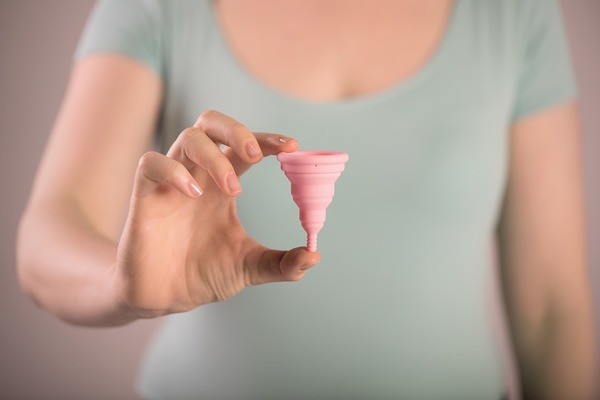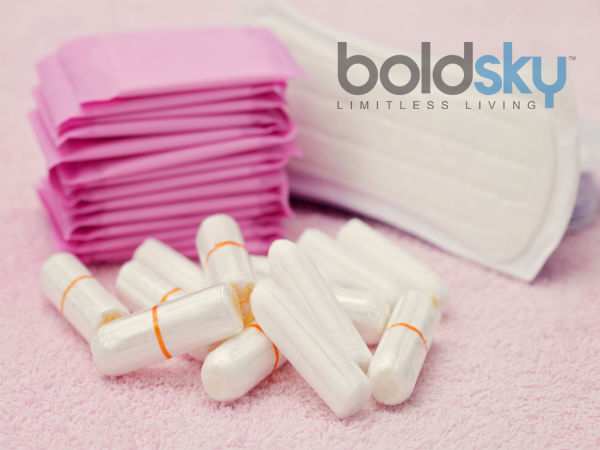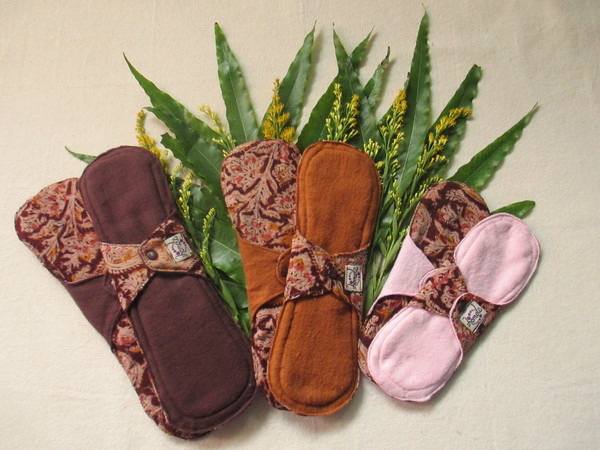Just In
- 3 hrs ago

- 6 hrs ago

- 8 hrs ago

- 10 hrs ago

Don't Miss
- Movies
 Yaavarum Vallavare OTT Release Date & Time: Samuthirakani's Thriller Is Ready To Stream On Aha Tamil From...
Yaavarum Vallavare OTT Release Date & Time: Samuthirakani's Thriller Is Ready To Stream On Aha Tamil From... - Sports
 LSG vs CSK Head To Head Record, Stats & Results in Ekana Stadium, Lucknow Ahead of IPL 2024 Match 34
LSG vs CSK Head To Head Record, Stats & Results in Ekana Stadium, Lucknow Ahead of IPL 2024 Match 34 - Finance
 SpiceJet Faces Turbulence As 3 Lessors Move NCLT Alleging Default Worth Rs 77 Crore
SpiceJet Faces Turbulence As 3 Lessors Move NCLT Alleging Default Worth Rs 77 Crore - News
 'False': ECI Tells SC On Reports Of EVMs Showing One Extra Vote During Mock Poll In Kerala
'False': ECI Tells SC On Reports Of EVMs Showing One Extra Vote During Mock Poll In Kerala - Technology
 Apple’s iPhone 17 Plus Could Sport a Smaller Display Compared to iPhone 15 Plus
Apple’s iPhone 17 Plus Could Sport a Smaller Display Compared to iPhone 15 Plus - Travel
Telangana's Waterfall: A Serene Escape Into Nature's Marvels
- Education
 PSEB Class 10 Result 2024 Declared
PSEB Class 10 Result 2024 Declared - Automobiles
 The Rezvani Retro RR1 Is A Modified Porsche 911 Done Right
The Rezvani Retro RR1 Is A Modified Porsche 911 Done Right
Menstrual Hygiene Day 2020: Sustainable And Healthy Menstruation Through Menstrual Cup
Menstrual Hygiene Day is observed on 28 May every year. The day aims to highlight the importance of good menstrual hygiene management. It was initiated by the German-based NGO WASH United in 2014 and the date 28 was chosen to acknowledge that 28 days is the average length of the menstrual cycle.
World Menstrual Hygiene Day 2020 theme is 'Periods in Pandemic'. The theme highlights the challenges faced by women during menstruation amidst the ongoing pandemic and to shine a light on how the challenges have worsened during the pandemic.

On this menstrual hygiene day, let's take a look at all the positives of switching to a menstrual cup.
Every year, close to 20 billion menstrual products such as sanitary napkins and tampons are dumped into landfills in a single country - imagine the global situation! Discarding the use of sanitary products is close to impossible, especially considering that women on periods are no longer required to hide behind the veils of the social construct of femininity. And, the environmental impact caused by the sanitary napkins is one amongst the most discussed topics.

A
normal
sanitary
napkin
or
a
tampon
contains
large
amounts
of
plastic,
which
can
take
up
to
500-800
years
to
decompose.
In
India,
432
million
sanitary
napkins
are
produced
every
year
-
which
all
end
up
in
landfills
or
even
worse
scattered
all
around
on
the
earth.
Because
of
our
culture
and
social
setting,
women
naturally
opt
pads
or
tampons
as
that
is
what
we
see
around
us.
That
is,
television
commercials
or
print
ads,
whatever
it
may
be,
is
centralised
on
acknowledging
sanitary
napkins
as
the
best
means
during
one's
menstrual
cycle
[1].
But, with the rampant rise in the levels of global pollution and environmental crisis - time has come to renew your conventional ways and chose sustainable menstruation. A single person uses 11,000 sanitary pads or napkins in their lifetime and now, multiply that with the number of the female population who are menstruating [2].

The challenge of disposable feminine hygiene products are posing an imminent risk, environmental researchers assert. It is not only the product waste that is causing concern but also the packaging and covering of these hygiene products are made of plastic.
So,
what
is
the
best
and
feasible
solution
for
having
an
environmentally
sustainable
period?
It
is
overtly
due
that
as
an
earthling,
we
begin
taking
environmentally
conscious
steps
in
our
daily
life.
From
Meat
Free
Monday
to
Reduce.
Reuse.
Recycle,
there
a
plethora
of
ways
and
means
you
can
adopt
to
lead
a
normal
that
is
beneficial
not
only
for
you
but
for
the
earth
that
you
live
in
[3][4].
And the best way to shift towards an environment-friendly period every month is by switching to menstrual cups.
What Are Menstrual Cups?
One of the lesser-used and talked about feminine hygiene measures, menstrual cups are not an invention of the twenty-first century. Having been around for more than 80 years, these eco-friendly feminine hygiene products are in demand now - thanks to the environmentally conscious society. With various awareness and health campaigns all across India actively popularizing the idea of sustainable menstruation, there are various measures to utilise menstrual care products without any impact on the environment [5].

Menstrual cups are one of the most cost-effective as well as inexpensive menstrual hygiene product that has a life span of 10 years. The medical-grade silicone used in the manufacturing of menstrual cups has very low chances of contracting any infections or irritations.
With various brands already in the market, getting yourself one is very easy. There is stigma pertaining to the use of menstrual cup as some people tend to believe that it can result in breaking the hymen - causing one to 'lose their virginity.' But let me tell you, with the support of more than thousands of studies that, the sleek container made of soft and clear silicone easily fits (can be irritating the first or second time) and eliminates the possibility of any rashes or irritation [6][7].
In
comparison
to
sanitary
napkins
and
tampons,
menstrual
cups
can
accommodate
larger
volumes
and
avoid
any
spill
and
does
not
emit
any
odour.
Contrary
to
popular
belief
(which
is
actually
changing),
menstrual
cups
are
travel-friendly
and
do
not
need
to
be
changed
every
5-6
hours
[8].

Impact Of Menstrual Cups On The Environment
With tampons and sanitary napkins being 90 per cent plastic, it is imperative that we adopt a more sustainable measure. An average user of menstrual hygiene products throws away 125 to 150 kg of pads and tampons which then ends up in rivers, landfills, beaches, oceans and almost everywhere. It is not uncommon to see sanitary napkin and tampon waste scattered around public places - 'thanks' to the 800 years period of decomposing [9].
To put it simply, even after you die, your menstrual product waste will still be there - not decomposing. Apart from the plastic waste produced from these products, manufacturing these products, turning wood into soft, cotton-like fibres is both resource and chemical-intensive. This leaves abundant carbon-footprint, which is simply irreversible [10].
Currently, hygiene experts and health professionals are encouraging the use of menstrual cups especially due to the very minute, actually the zero-negative impact it has on the environment. As asserted by Dr Michael Brook, a silicone expert at McMaster University, "menstrual cups are in fact a greener alternative."
Silica, with which the menstrual cups are made of, is a type of sand that degrades with time. Upon degradation, the silica goes back to its original form (the second most abundant mineral in the Earth's crust) and does not pose any negative effects on the environment [11].
Benefits Of Using Menstrual Cups
Apart from the definite fact that menstrual cups are the eco-friendly option, it also possesses various other benefits [12].
- It lasts up to 10 years and is cost-effective.
- It is more comfortable and safer.
- It is the easy pick because menstrual cups only come in two types - depending on your flow, or whether you're pre or post-childbirth.
- It holds more blood.
- It does not cause toxic shock syndrome.
- You can wear a cup with an IUD.
- It does not pose any restriction on sexual intercourse.

On A Final Note...
Though there are other options such as organic pads and tampons made from sustainable materials that are decomposable, biodegradable and a 100 per cent plastic-free - menstrual cups are easily the best option, considering the money spent. The biodegradable sanitary pads made of cloth are a bit on the expensive side (due to the cost incurred in its careful and precise production), further increasing the relevance of menstrual cups. It is high-time that you switch to the earth's side, as she is in dire need of saving. Choose menstrual cups and bleed guilt-free!
-
 healthMenstrual Hygiene Day 2023: How To Use A Menstrual Cup And Tampon For Beginners
healthMenstrual Hygiene Day 2023: How To Use A Menstrual Cup And Tampon For Beginners -
 healthMenstrual Hygiene Day: Are Menstrual Cups Right For You? Who Should Avoid?
healthMenstrual Hygiene Day: Are Menstrual Cups Right For You? Who Should Avoid? -
 sri ramakrishnaGratitude-II (Contd)
sri ramakrishnaGratitude-II (Contd) -
 home n gardenIf Plants Had A Voice, How Would They Respond To Air Pollution? Hear What Green Drama Queens Are Whispering!
home n gardenIf Plants Had A Voice, How Would They Respond To Air Pollution? Hear What Green Drama Queens Are Whispering! -
 insyncWorld Pollution Control Day 2023: Conscious Choices That Can Curb Pollution, And Build A Sustainable Future
insyncWorld Pollution Control Day 2023: Conscious Choices That Can Curb Pollution, And Build A Sustainable Future -
 healthNot Just Heart And Lungs, Exposing Your Child To Air pollution Can Cause This Fatal Disease Too!
healthNot Just Heart And Lungs, Exposing Your Child To Air pollution Can Cause This Fatal Disease Too! -
 healthExclusive: A Pregnant Mom Can Posses These Maternal, Fetal Health Risks If Exposed To Air Pollution
healthExclusive: A Pregnant Mom Can Posses These Maternal, Fetal Health Risks If Exposed To Air Pollution -
 healthHow Air Pollution Impacts Your Oral Health, Makes Your Mouth Dry And Damage Your Enamel, Know From An Expert
healthHow Air Pollution Impacts Your Oral Health, Makes Your Mouth Dry And Damage Your Enamel, Know From An Expert -
 healthDelhi Pollution: Expecting Mom, Beware! Smog Can Do Irreparable Damage If You Go Out In Delhi-NCR. Know How!
healthDelhi Pollution: Expecting Mom, Beware! Smog Can Do Irreparable Damage If You Go Out In Delhi-NCR. Know How! -
 insyncFrom Zahreeli Hawa To Hazy Lamhe: Delhi Pollution Memes Are Taking Over The Desi Internet
insyncFrom Zahreeli Hawa To Hazy Lamhe: Delhi Pollution Memes Are Taking Over The Desi Internet -
 healthDelhi Air Quality To Worsen With Stubble Burning: How To Stay Safe? Tips For People With Asthma
healthDelhi Air Quality To Worsen With Stubble Burning: How To Stay Safe? Tips For People With Asthma -
 beautySkincare Routine You Need To Follow If You Are Living In A Highly Polluted Cities
beautySkincare Routine You Need To Follow If You Are Living In A Highly Polluted Cities


 Click it and Unblock the Notifications
Click it and Unblock the Notifications



